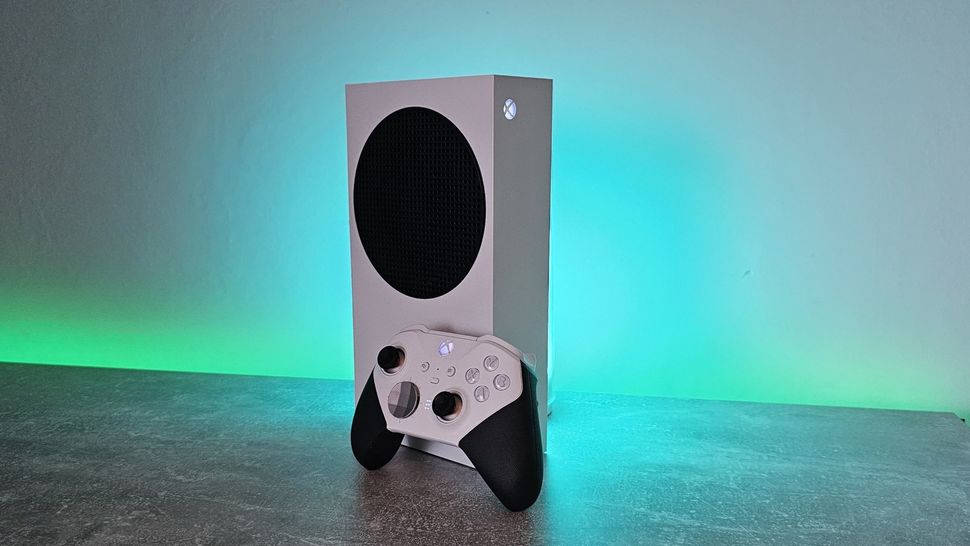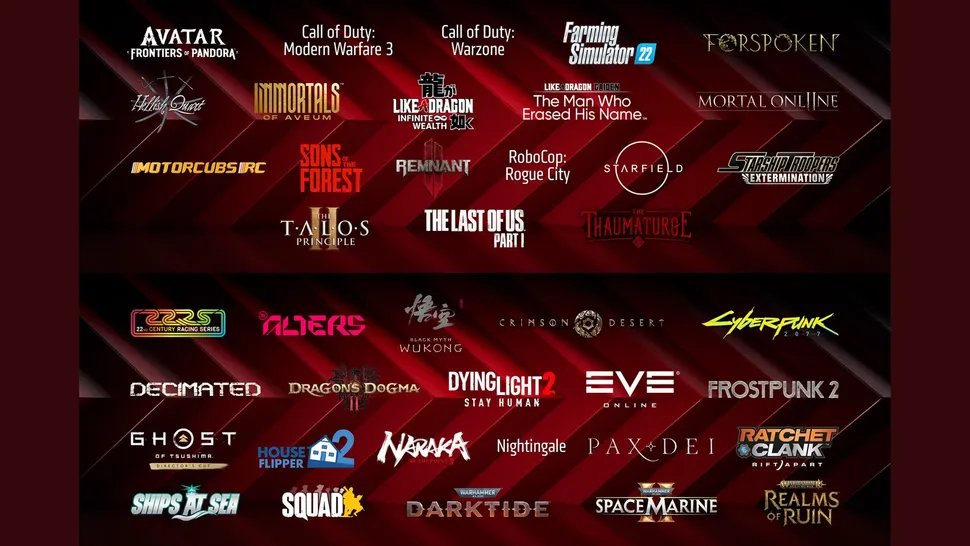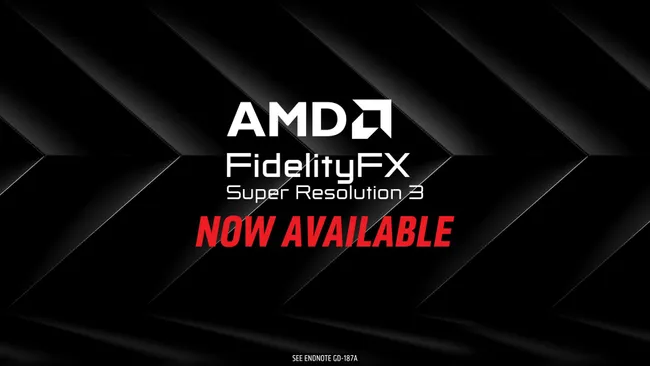As GDC has wrapped up, AMD FSR 3.1 is one of the most exciting announcements I took away from the conference.
What you need to know
- Last week at the Game Developers Conference (GDC), AMD unveiled FidelityFX Super Resolution (FSR) 3.1, the latest iteration of the popular open-source upscaling and frame generation technology.
- AMD FidelityFX Super Resolution is an open-source upscaling solution that provides a major boost in frame rates in supported games, delivering amazing high-quality, high-performance gaming on virtually any hardware, including AMD GPUs and APUs, competitor hardware, and gaming consoles.
- AMD FSR 3.1 will decouple upscaling from frame generation, allowing AMD FSR 3.1 frame generation technology to work with other upscaling solutions.
- AMD FSR 3.1 also brings support for Vulkan and Xbox Game Development kits (Xbox Series consoles)
- AMD will provide more information when AMD FSR 3.1 is available for developers on GPUOpen and games supporting it will be available.
While GDC 2024 has wrapped up and there has been a lot of great news coming out of it, very few things are as important as the continuing evolution of supersampling/upscaling technology. It is one of the best arms races going on in the gaming industry right now as NVIDIA and AMD battle with DLSS and FSR respectively to try to improve game performance without giving up visual fidelity.
We reported back in February that Xbox was set to reveal its own supersampling technology named DirectSR which should play nicely with AMD FSR 3.1 according to the changes announced by AMD. So what exactly is changing and most importantly, will my Xbox Series X|S and ASUS ROG Ally benefit from the changes?
What is new with AMD FSR 3.1?
You can watch the announcement about FSR 3.1 for yourself in the above presentation by AMD from GDC. The FSR 3.1 segment starts at the 40-minute mark in the video. There isn't much that is covered though so I will break down the points here, or you can check out the coverage on the AMD site as well.
-
Upscaling image quality improvements:
- Improved temporal stability at rest and in movement – less flickering and/or shimmering and “Fizziness” around objects in motion.
- Ghosting reduction and better preservation of detail.
-
Decoupling FSR 3 upscaling from frame generation:
- Allows FSR 3.1 frame generation technology to work with other upscaling solutions.
-
New AMD FidelityFX API:
- Makes it easier for developers to debug and allows forward compatibility with updated versions of FSR.
- Vulkan® and Xbox Game Development Kit (GDK) support.
These all look like good changes and the addition of Xbox GDK support is huge as that not only includes the Xbox Series consoles but should also include Xbox Game Pass for PC on Windows 10/11, and cloud gaming with Xbox Game Pass Ultimate. Allowing frame generation to work on other upscaling solutions could mean that if Xbox works to integrate Microsoft's new DirectSR upscaling solution it could pair with frame generation to provide close to a 120 FPS feel in games targeting 60 fps.
The future of upscaling for Xbox and the gaming industry.

(Image credit: Jennifer Young / Windows Central)
AMD FSR 3 is currently competing with NVIDIA's slightly superior DLSS 3.5 and while it is working to catch up to DLSS with feature parity like frame generation as well as trying to get more games to support it, the fact that is open-source and works on any hardware give it more than enough advantage that it could win out in the end.
I personally love FSR, and it makes playing games on my ASUS ROG Ally possible. I think the future of console gaming, and especially of the next Nintendo console, will rely heavily on upscaling. With Microsoft announcing DirectSR during GDC which we should be covering later this week, to the PlayStation 5 Pro reportedly having a "PlayStation Spectral Super Resolution Upscaling" solution, the graphics war is giving way to a battle for performance through AI upscaling.

These are the currently and upcoming FSR 3.0 supported games. (Image credit: AMD)
Few things are more effective and potent in improving the gamer's experience in the long run than DLSS and FSR. While a development company could spend thousands of hours trying to optimize code to hit a 60 fps target at 4K for a game that is already 85% optimized, a much more cost-effective and simple option is to enable a built-in FSR 3 or other upscaling solution to achieve that 60 fps target.
AMD is once again a champion of the people as the company works to create a solution that can benefit all gamers while NVIDIA continues to focus on creating walled-off solutions like DLSS 3.5 that can only work with NVIDIA's proprietary Tensor Cores. We don't know what the future holds for Xbox as far as hardware goes, but we do know new hardware is in the works and I bet that it will more closely integrate superscaling and AMD FSR if it is AMD-based.
As always, some of the best games you can play that have AMD FSR in them are on Game Pass and Xbox. Check out the best deals on the Xbox Series X|S and Game Pass below.



3175x175(CURRENT).thumb.jpg.b05acc060982b36f5891ba728e6d953c.jpg)
Recommended Comments
There are no comments to display.
Join the conversation
You can post now and register later. If you have an account, sign in now to post with your account.
Note: Your post will require moderator approval before it will be visible.